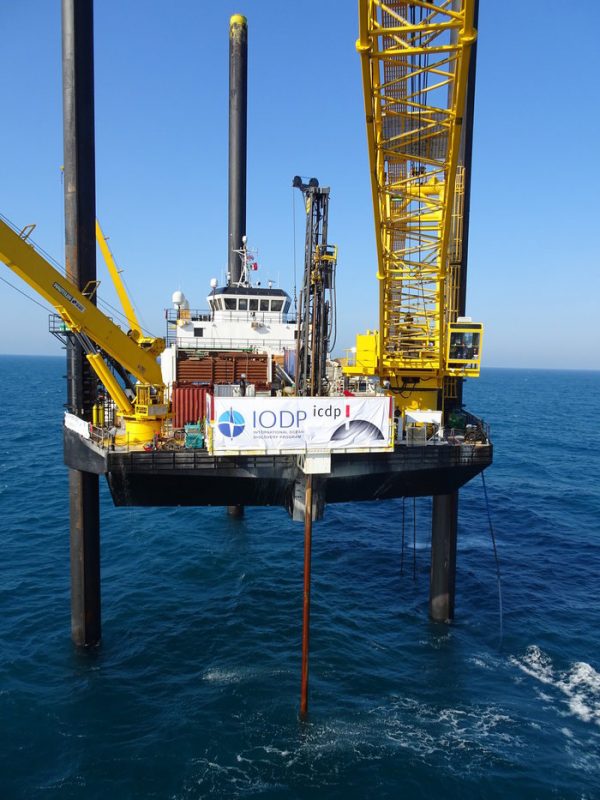SISAL, Yucatan — Much attention worldwide has been focused on the scientists who say they have made a breakthrough from their drilling at the Chicxulub crater off the Yucatan coast near the town of Sisal. But the local fishermen who make their living in the surrounding waters are far from enthusiastic about the scientific expedition.
After weeks of drilling from an offshore platform in the Gulf of Mexico, the scientists say they have reached rocks left over from the day the Earth was hit by a killer asteroid millions of years ago. But several hundred local fishermen are so upset with the drilling they threatened to storm the offshore platform and demanded 5 million pesos ($294,110 USD) to compensate for damage to their livelihoods.
So far, the simmering conflict hasn’t produced a confrontation, and no intervention by authorities has been required. But the fishermen stand by their claims the drilling disturbs the marine environment and drives away fish they depend on for their living.
Yucatan’s Commissioner of Fishing, Delfín Quezada Dominguez, has sided with the scientists and asked the fishermen to desist from their threats to halt the project.
Here is an update on the scientific expedition provided in an interview last week with NPR:
The cataclysm scientists are investigating is believed to have wiped out the dinosaurs. “This was probably the most important event in the last 100 million years,” Joanna Morgan, a geophysicist at Imperial College in London and a leader of the expedition, told NPR.
Since the 1980s, researchers have known about the impact site. Known as Chicxulub, the crater is approximately 125 miles across. It was created when an asteroid the size of Staten Island, N.Y., struck Earth around 66 million years ago. The initial explosion from the impact would have made a nuclear bomb look like a firecracker. The searing heat started wildfires many hundreds of miles away.

Liftboat Myrtle is a drilling platform normally used for oil operations. Since April, geologists have been using it in the Gulf of Mexico to drill into the crater Chicxulub.(DSmith/ECORD/IODP)(PHOTO: NPR.com)
After that, came an unscheduled winter. Sulfur, ash and debris clouded the sky. Darkness fell and, for a while, Earth was not itself.
“I think it was a bad few months, really,” Morgan says.
That’s an understatement: Scientists believe 75 percent of life went extinct during this dark chapter in Earth’s history, including the dinosaurs.
Researchers have sampled Chicxulub before, but this expedition by the European Consortium for Ocean Research Drilling precisely targets a key part of the crater yet to be studied: a ring of mountains left by the asteroid. This “peak ring” is a fundamental feature of the strike and should tell researchers much more about it, says Sean Gulick, a geophysicist at the University of Texas at Austin, who co-leads the team with Morgan.
For weeks, they’ve been drilling — and going back in time. Each layer of rock they pass through is connected to a part of Earth’s history.

“We went through a remarkable amount of the post-impact world. All the way into the Eocene times — so between 50 and 55 million years ago,” Gulick says.
The rocks they’ve pulled out show how life began to recover after the cataclysm, Gulick says. “We’ve got all these limestones and rocks that contain the fossils from the world after the impact, all the things that evolved from the few organisms that survived.”
The research team finally reached the top of the peak ring this week. It appears to be a thick layer of broken, melted rock just beneath a layer of sandstone that may be the leavings of a huge tsunami that was triggered when the asteroid struck.
Gulick thinks the rocks hold clues. For example, if any microscopic organisms survived near the site of the strike, their fossils might be in these samples. In June, the rock cores will be sent back to a lab in Germany for further study.
The asteroid strike marked the end of an era. But the creatures that made it through that catastrophe went on to shape the world again, says Morgan.
“The mammals survived,” she says. “And that led on to our own evolution.”
TYT Newsroom
Sources:



